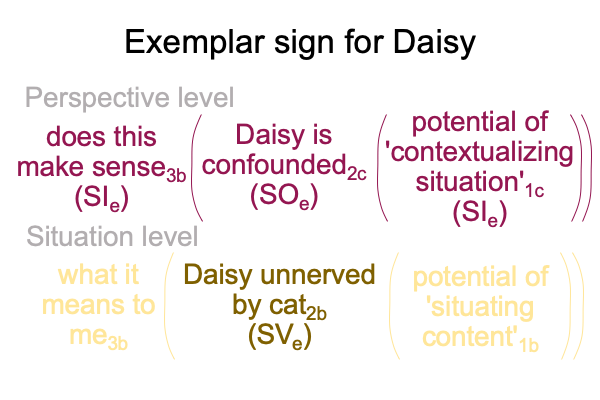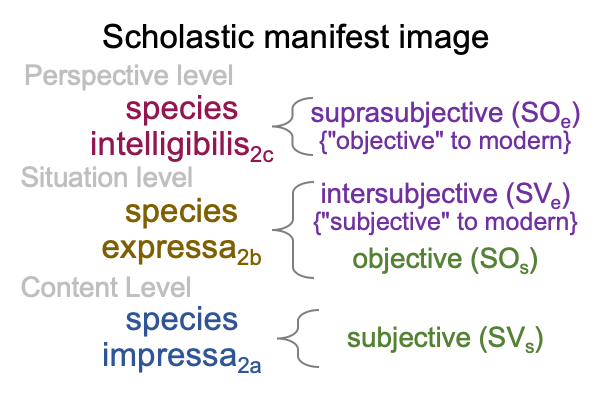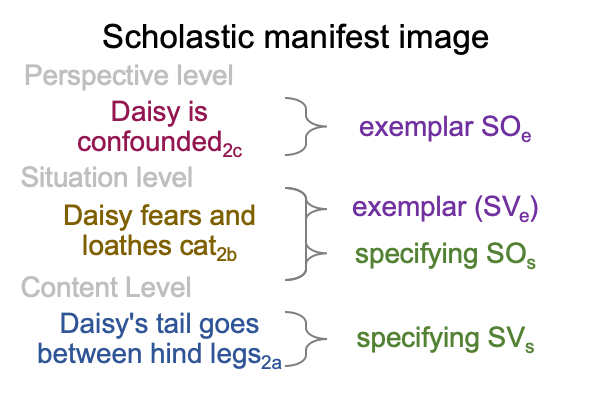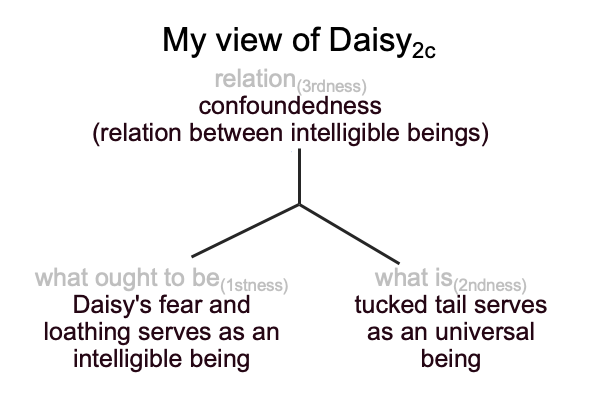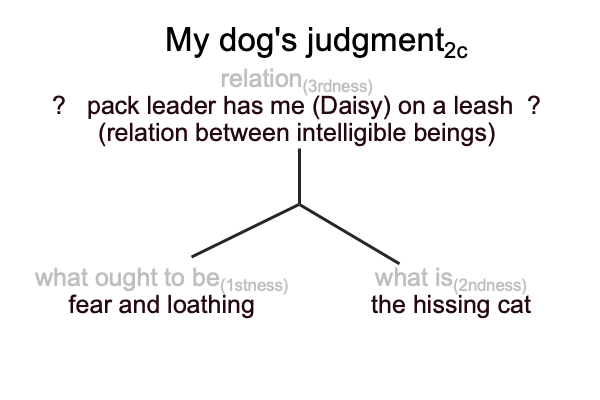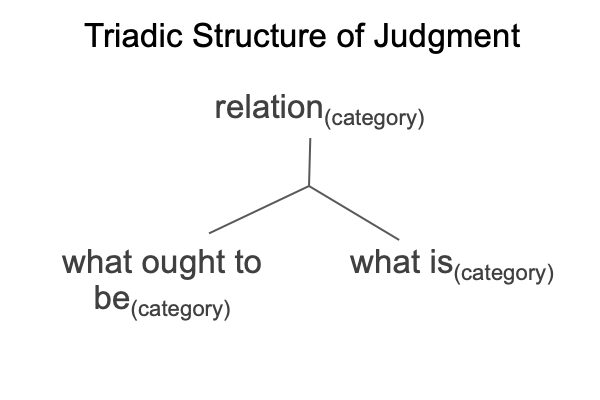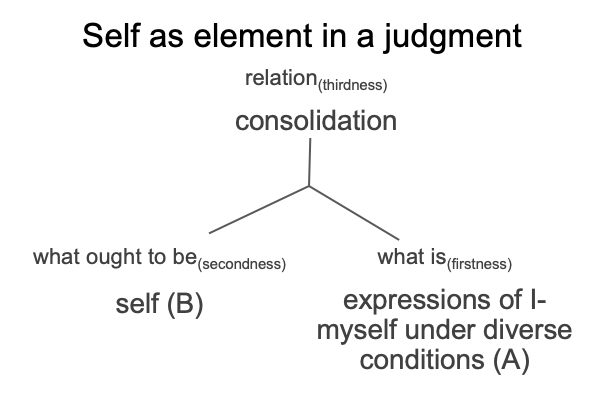Looking at Mariusz Tabaczek’s Book (2021) “Divine Action and Emergence” (Part 22 of 22)
0331 My sudden turn to semiotics does not occur in Tabaczek’s text.
Such is the examiner’s prerogative.
At this point, I stand at the threshold of section 1.3.4, almost precisely in the middle of the book.
My commentary on this book is significant.
Shall I review?
I represent the Positivist’s judgment as a content-level category-based form and discuss how it might be situated (points 0155 to 0184).
I suggest how reductionists can game emergent phenomena. Plus, I follow Tabaczek back to the four causes (points 0185 to 0239).
I present a specific example of an emergent phenomenon, building on the prior example of a hydrogen-oxygen fuel cell. Then, I return to Deacon’s general formula for emergence (points 240 to 0276).
Finally, I examine Tabaczek’s “philosophical history of panentheism” up to the section on Hegel (points 0277 to 0330).
0332 These are notable achievements.
But, my commentary is not more significant than Tabaczek’s text.
At this point, it is if I look through Tabaczek’s text and see something moving, something that catches my eye. It is not for me to say whether it is an illusion or a registration. It is enough for me to articulate what I see.
0333 At this point, I draw the veil on Razie Mah’s blog for April and May of 2024 and enter the enclosure of Comments on Tabaczek’s Arc of Inquiry (2019-2024), available at smashwords and other e-book venues. Comments will cover the rest of Part Two of Divine Action and Emergence. June 2024 will look at the start of Tabaczek’s next book, Theistic Evolution and Comments will complete the examination.
My thanks to Mariusz Tabaczek for his intellectual quest.
0334 But, that is not to say that I abandon Tabaczek’s text.
No, my slide into sign-relations is part of the examiner’s response.
This occurs in Comments.
There is good reason to wonder whether the response is proportionate.
I let the reader decide.

